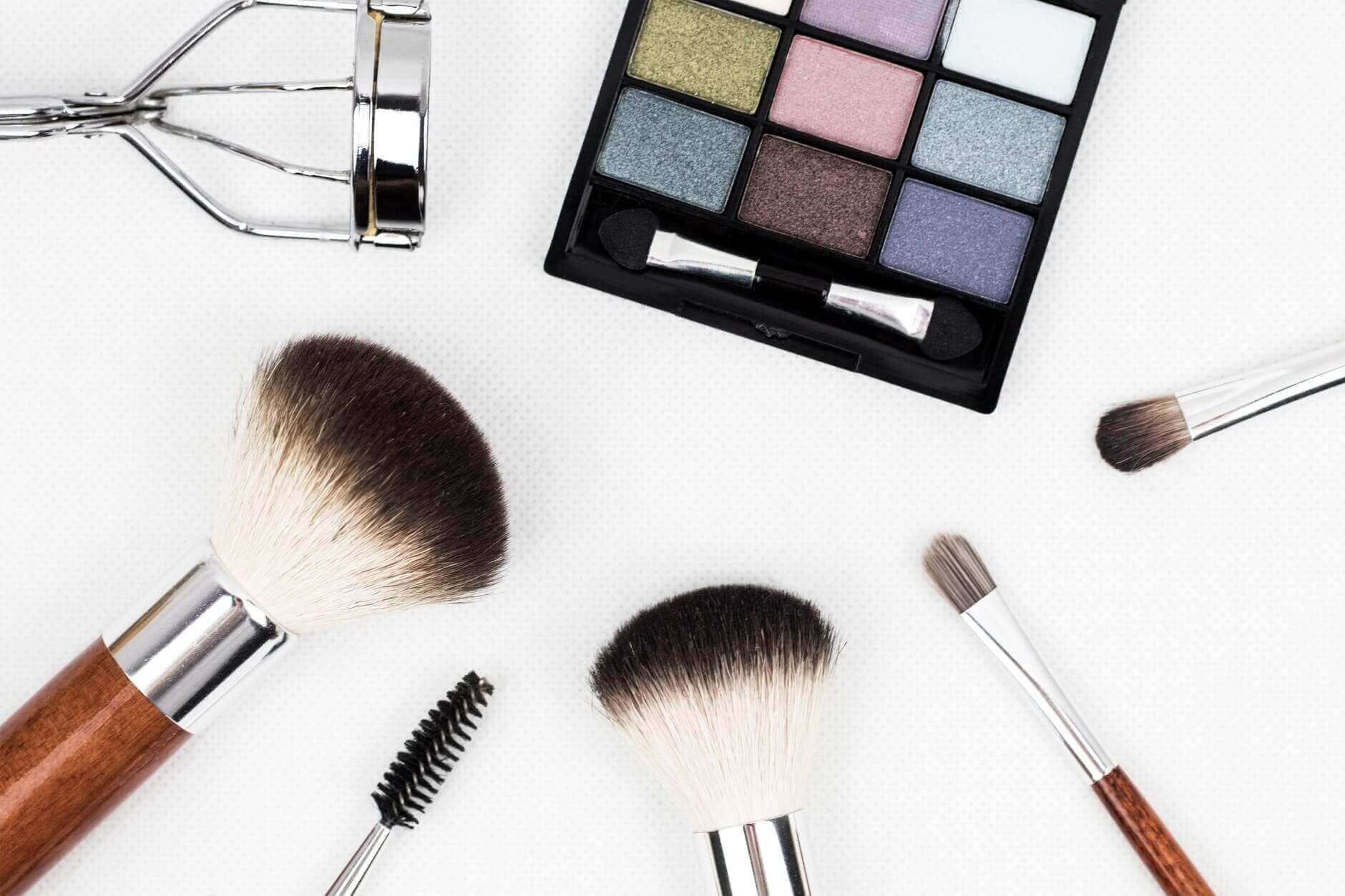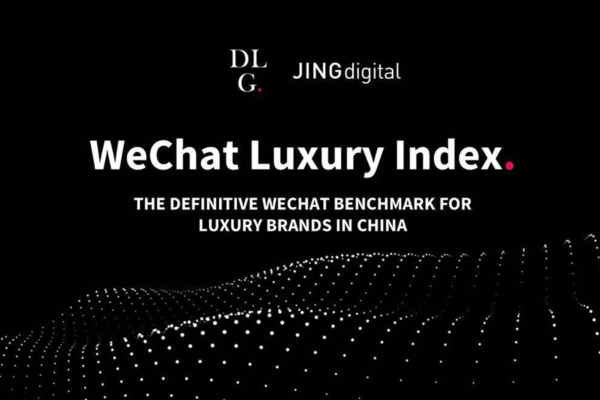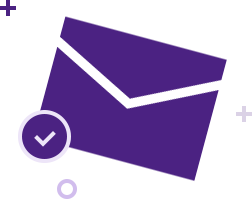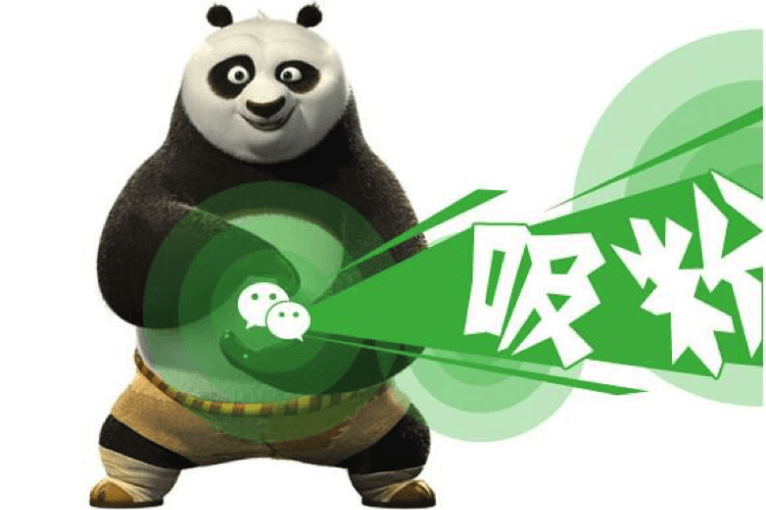
Although brands’ official WeChat accounts have accumulated a certain follower base, the number of views of different posts are hard to estimate—-
- What do the fans of the brand want to see most?
- When is the time to release the messages and when are the fans happy to receive them?
- How do you design a text and an image on the cover to attract the audience to open a post.
……
Most of the brands’ WeChat operators may have the problems above. Today, we would like to share with you a brand case: How to use Jingdigital to make every post be sent to a right person in a right time.
Customer Background:
The leading companies in the fast-moving consumer goods industry with 1.7 billion people per day on a global scale have been selected as the top 3 of the world’s 100 most valuable brands. This company accounts for a series of products in China, although its main product is beverages, which reaches about 150 million cups per day. This system employs about 45,000 people, 99% of whom are local employees. In China, we have long spared no effort to support education and public welfare to promote environmental protection and help local communities.
JINGsocial A/B Test
Challenges:
1、Brands know nothing about the identity of brand’s followers (interests, products, etc.);
2、Seeking ways to build closer interaction with followers.
3、For the first challenge, JINGdigital support the brand’s official WeChat account
To regularly initiate research to the fan community to match the different development stages of the brand.
Which kind of research method can I use to get the fans’ response and not cause them to resent? Here we start to dig deeper and the A/B Test feature debuts. We pass the two-dimensional group survey to hand in the answer to the brand’s second pain point.
Dimension one:
Use different research methods to test which way the response rate is higher.
Method 1: Use the template message to send the link. After the fan clicks, he/she is redirected to the H5 page to fill out the questionnaire.
Method 2: The system uses the keyword to trigger the research question, and the fans complete the questionnaire directly through the WeChat account dialogue box.
The results showed that 5.1% of respondents responded by method one;6% responded by method 2. Compared with the average industry graphic reading rate of 296, the above two methods have achieved good response. The comparison results let the brand know how to use the methods in the future.
Dimension two:
The second survey method for the first dimension uses keywords to trigger research questions. It was divided into three groups and investigated in three different forms:
Group 1- send the first research question directly
Group 2- After requesting the fans, start to enter the question and answer
Group 3- send the link through the dialog box
The results show:
The response rate of group 3 is 20%
The response rate of group 2 is 30%
The response rate of group 1 is 31%
90% of the fans who participated in the Q&A completed the first 9 questions (the 9th question collected the mobile phone number and information of the fans)。 81% of the fans completed all the questionnaires (the 10th question asked the fans to upload personal photos). The sending time, title, cover image, and abstract of each graphic may determine whether the fans are willing to click between the transitions. It also relates to the reading rate of a graphic. The brand can also use A/B test function to test the fans’ reading of the same graphic in different time periods and different cover designs, so that the future editing and publishing time of the graphic is clear.







REQUEST A DEMO

REQUEST A DEMO






